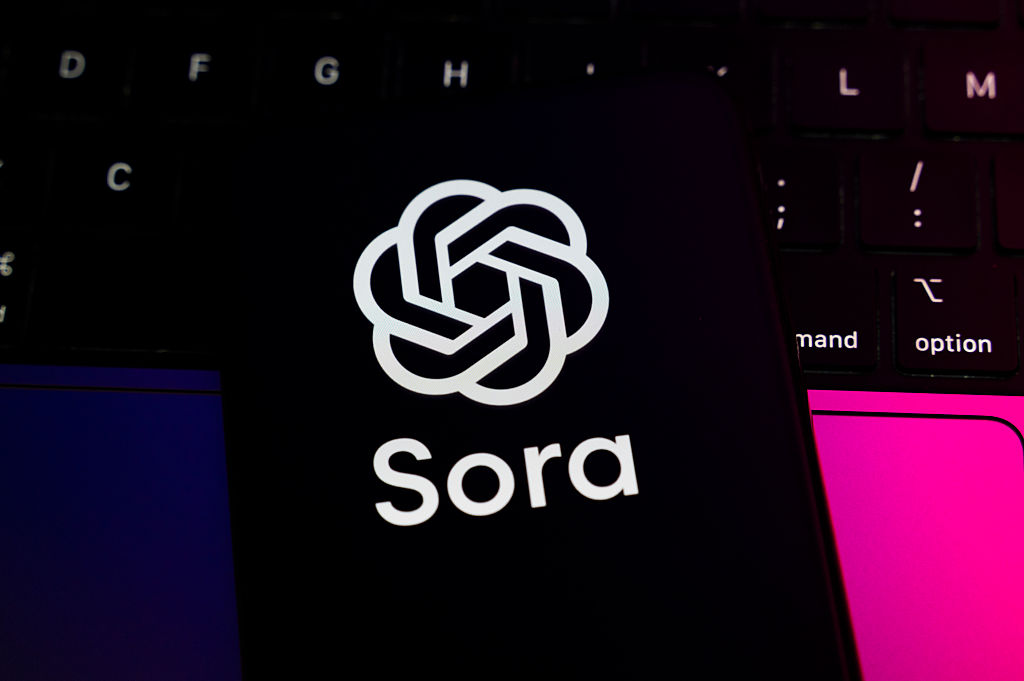OpenAI said Sora will adopt granular opt in copyright controls, an IP registry, and enforcement tooling to let rights holders set per character rules, allowed contexts, and monetization. The change shifts policy and affects AI IP governance and text to video platforms.

On October 4, 2025, OpenAI CEO Sam Altman announced that Sora, the companys text to video AI app, will add granular opt in copyright controls to give rights holders explicit authority over how characters and branded assets appear in machine generated videos. The move replaces an earlier default opt out approach and responds to industry and regulatory pressure about unauthorized use of copyrighted likenesses.
Sora lets users generate short videos from natural language prompts that can include recognizable characters, likenesses, and branded intellectual property. Since its invite only launch it attracted scrutiny because it made it easy to depict copyrighted properties without clear permission. That raised concerns about economic harm, brand misuse, and legal exposure for platforms under emerging AI copyright law and generative AI regulation.
This change aligns with broader trends in AI IP governance and generative AI ethics. Platforms are increasingly adopting mechanisms that give rights holders more control and clearer monetization routes. Success depends on technical accuracy, transparent processes, and fair commercial terms. OpenAI will likely pilot these tools iteratively and collaborate with studios and creator groups to make the registry workable.
Questions about who owns copyright in AI generated content in 2025 remain complex and depend on jurisdiction and how much human authorship is involved. Rights holders and platforms should follow evolving guidance under AI copyright law and consider clear licensing terms.
Sora aims to let rights holders set per character rules and context filters. That means certain uses may be allowed like parody while commercial endorsements may require explicit licenses.
Creators should understand AI content ownership policies, use platforms that support copyright compliance for AI text to video tools, and consider registering key assets with rights management systems if available.
Risks include potential copyright infringement, misuse of likeness, and contractual disputes. Platforms adopting opt in registries aim to reduce those risks but enforcement and scale remain real challenges.
OpenAIs move to granular opt in controls for Sora is a meaningful pivot toward reconciling generative creativity with intellectual property rights. If implemented well, it could become a template for how text to video and other generative platforms manage copyrighted material. The next milestones to watch are the registry design, onboarding processes for rights holders, and enforcement and monetization mechanics. Businesses and creators should prepare for a landscape where permissioned, transparent use of IP becomes the default rather than the exception.



